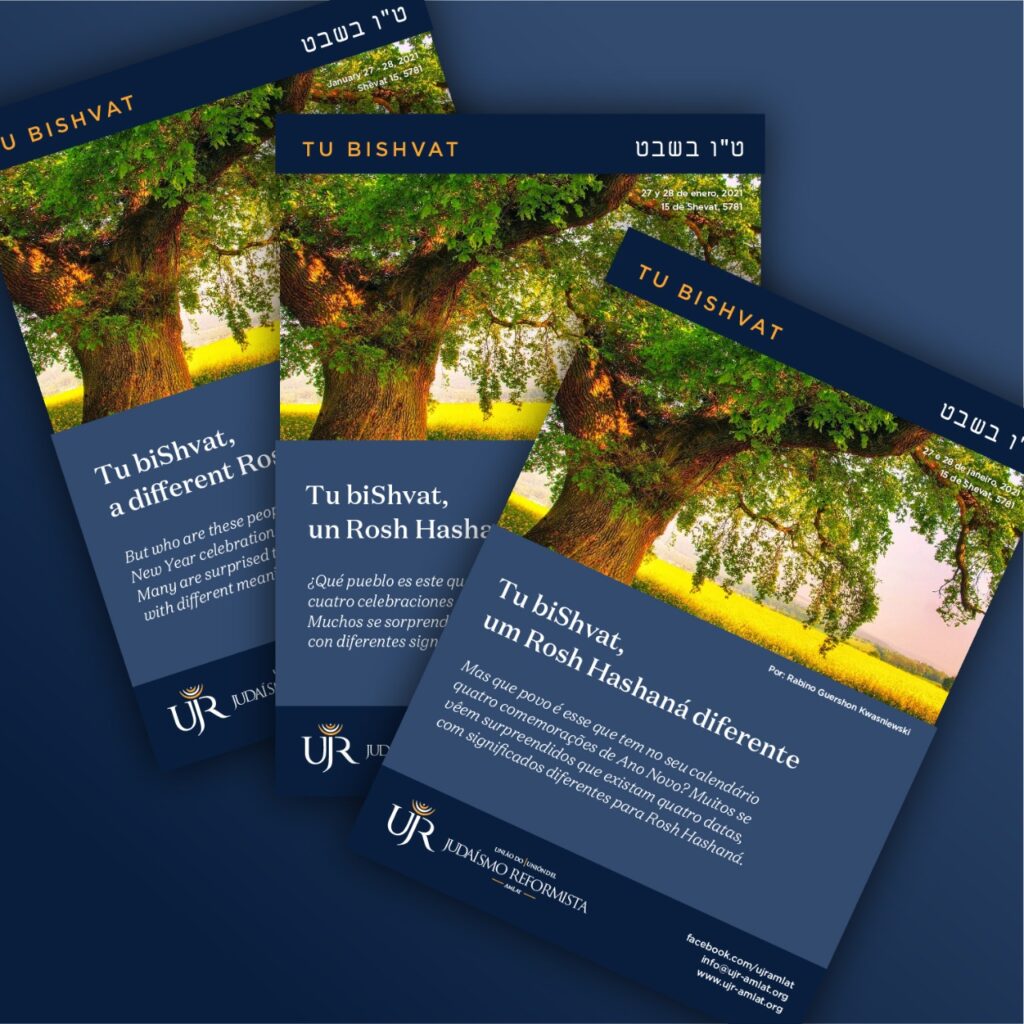But who are these people that have four New Year celebrations on their calendar? Many are surprised that there are four dates, with different meanings for Rosh Hashanah.
What are these days and what do we celebrate?
The first day of Nissan is the New Year for calculating the reign years of the Kings of Israel. This date is also considered for counting pilgrimage festivals. If anyone made a promise to bring an offering to the Beit Hamikdash – Great Temple – they must fulfill it before the three festivals at which the people went up to Jerusalem are over.
The first day of Elul is the New Year for the tithing of cattle. Animals born before that date are considered to have been born in the previous year and therefore cannot be separated to comply with obligations.
The first day of Tishrei is the New Year for the judgment of humanity – this is the reason most well-known and well-celebrated by our people-, also for the calculation of the shemitah and yovel – sabbatical and jubilee years, for the calculation of the orlah – the first three years that a fruit tree cannot be consumed – and for the tithe of cereals and vegetables.
Tu biShvat, 15 of Shevat, is considered the New Year of the trees – in Hebrew, Rosh Hashanah lailanot -, related to the requirement of separating the tithe from the farmer’s fruit. In this article we will explore and get to know this last date better.
How do we celebrate today?
Surely if you were in an exchange program in Israel and living in a kibbutz during the months of January or February, you must have celebrated this date by planting a tree. However, if you were in a city, you were certainly invited to a special dinner where dried fruits, grape juice and wine abound.
In the southern hemisphere of Latin America, communities tend to plant trees together with local authorities, sometimes by the seaside, where they spend summer holidays with their families and friends.
The relationship of the people of Israel with the land of Israel and its fruits is clearly reflected in the Torah, in the book of Deuteronomy, chapter 8, verse 8, where we read: “Land of wheat and barley, vine, fig and pomegranate; land of the olive that gives oil, and of the date palm; a land where you shall eat bread without scarcity, and you shall not lack anything”.
The verse speaks of two types of grain and five types of fruit that grow in the land of Israel. If you have ever been to Machane Yehuda, you have filled your eyes with the colours and smells of the items described in the Torah.
As the land of Israel is a region with a climate diversity with predomination of mild temperatures, these fruits and cereals grow in abundance.
The Tu Bishvat seder is an old Kabbalistic tradition from the Tzfat sages of the 16th and 17th centuries, where the divine presence in nature is celebrated; it is customary to eat a new fruit of the season, which, in addition to being
an opportunity to recite the “boreh peri haetz” blessing (which blesses the fruit of the tree), it allows us to add the Shehecheyianu blessing as well.
The brachah “boreh peri hagafen” must be recited before drinking different types of wine: white, rosé, red, or even grape juice.
Try the different types of fruits, those that have peels and the inner flesh is consumed: melons, nuts, bananas, citrus fruits. Those that we can consume the external part, but do not consume the internal part (those that have pits): dates, olives, apples, peaches. And those that are totally edible inside and out, like grapes and figs.
These fruits represent the different seasons of the year or the ways to be part of the world, according to the Kabbalistic vision.
The festivity may be considered a minor one, but I understand that its richness is great, due to its ability to congregate people to thank and praise G-d for the fruits of creation.
Rabino Guershon Kwasniewski
SIBRA
Folheto Tu biShvat Português Folleto Tu biShvat Español Flyer Tu biShvat English





